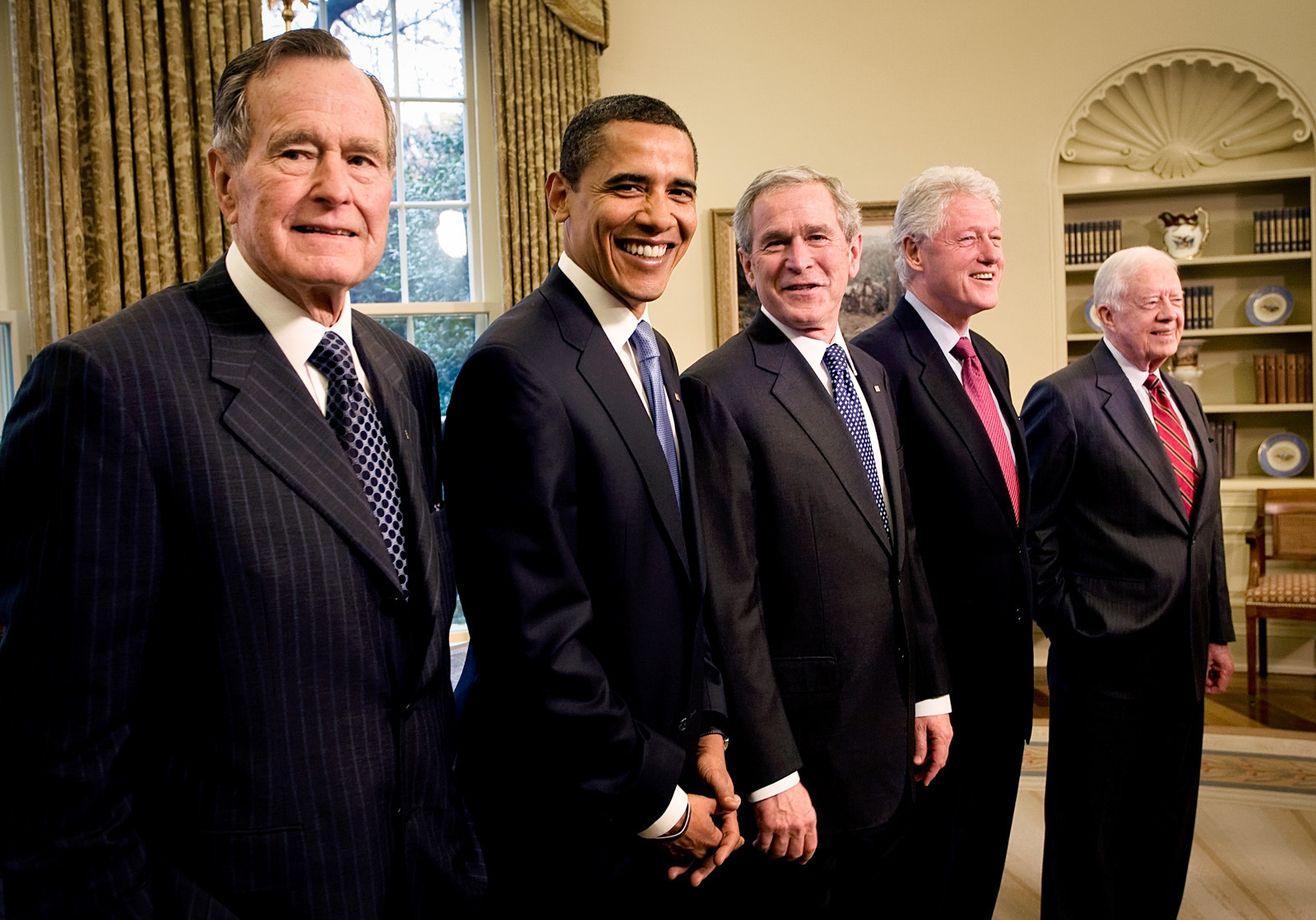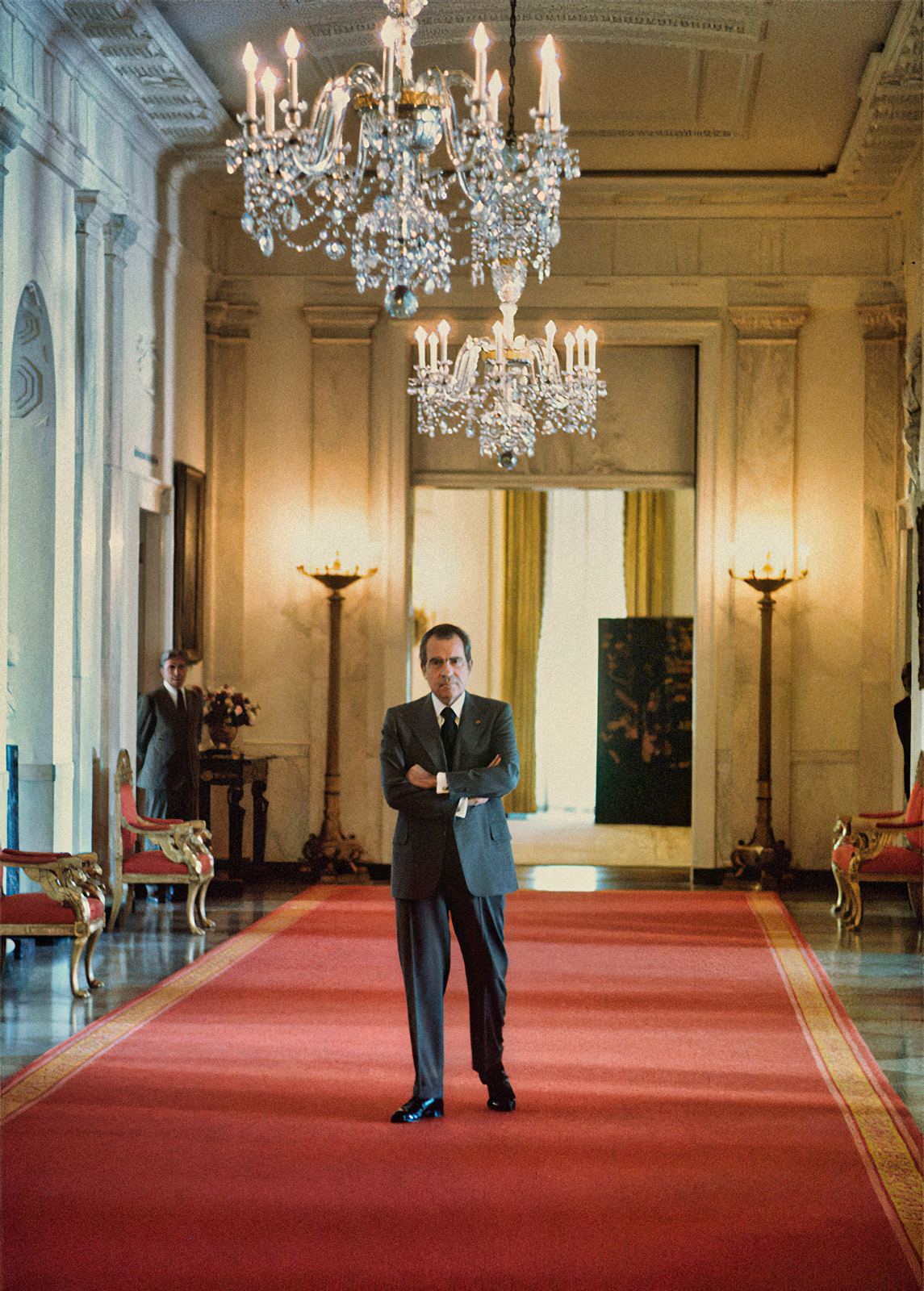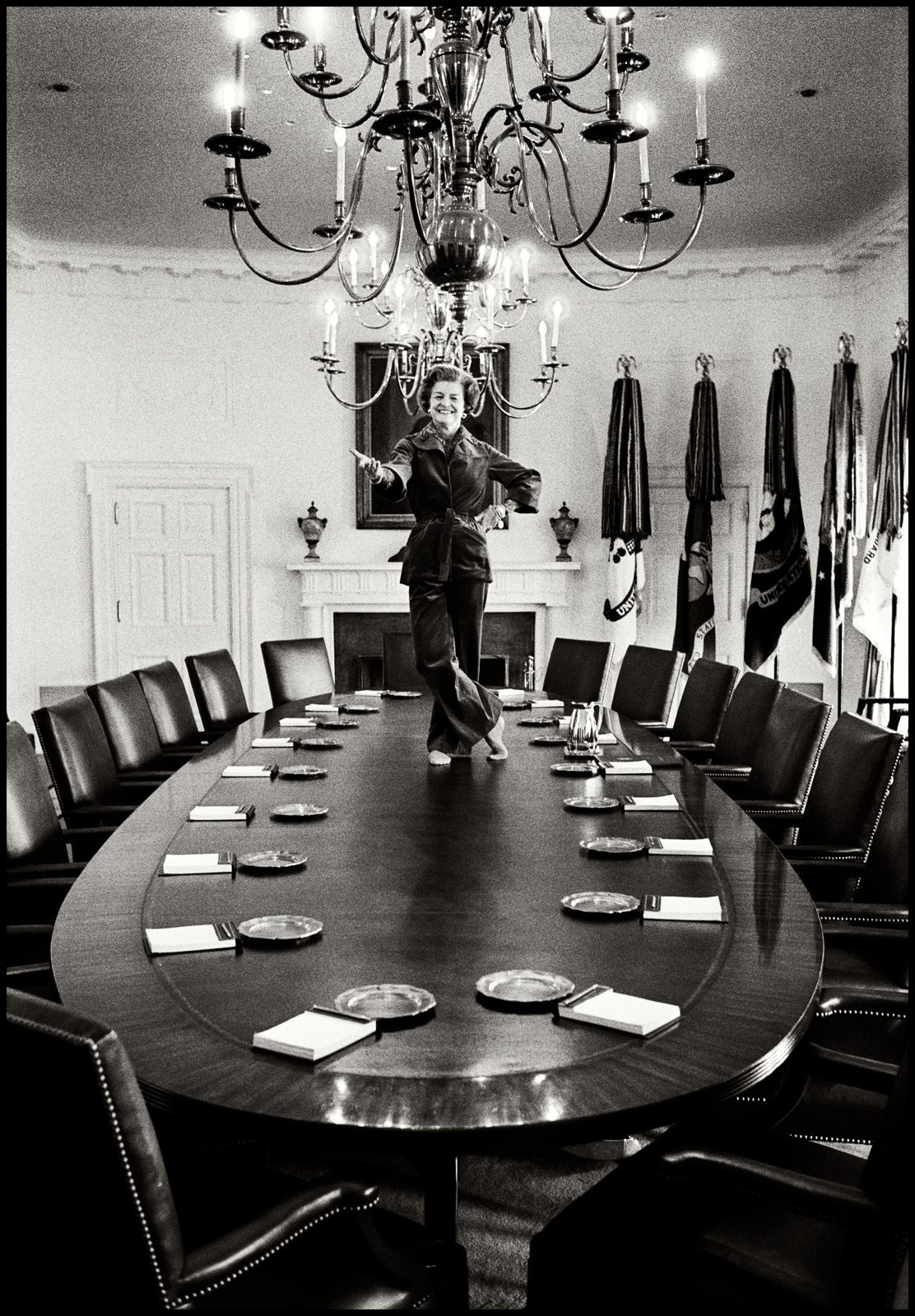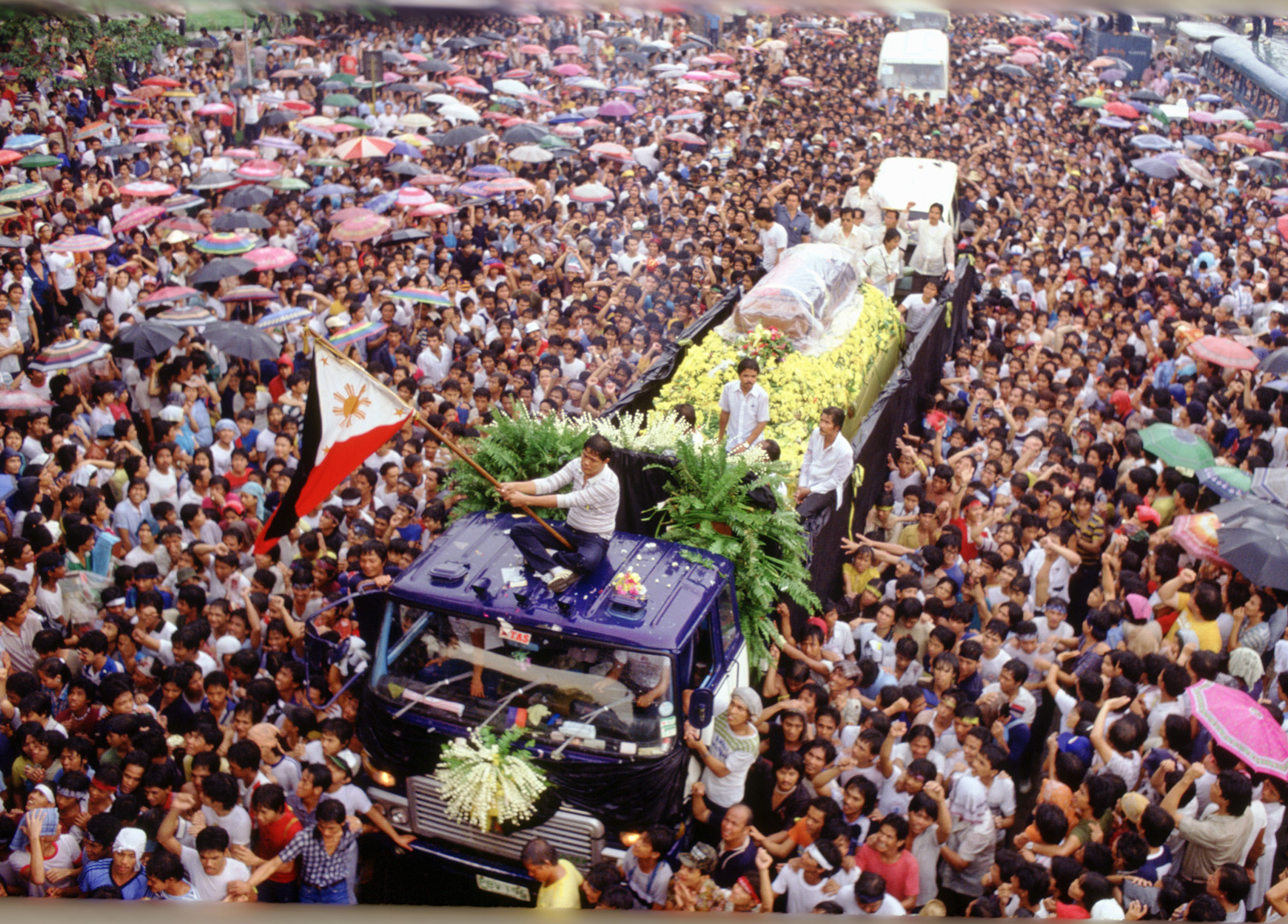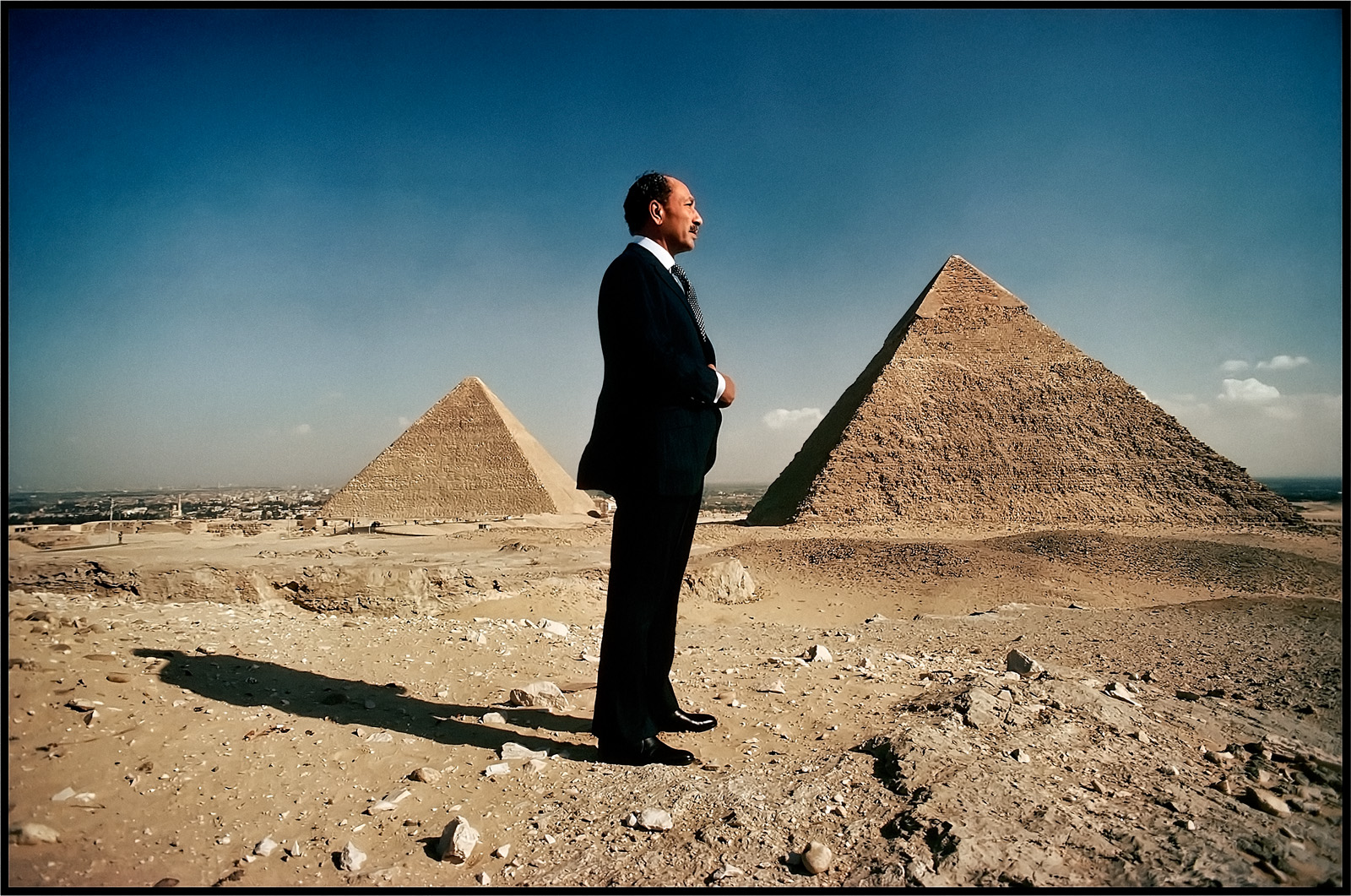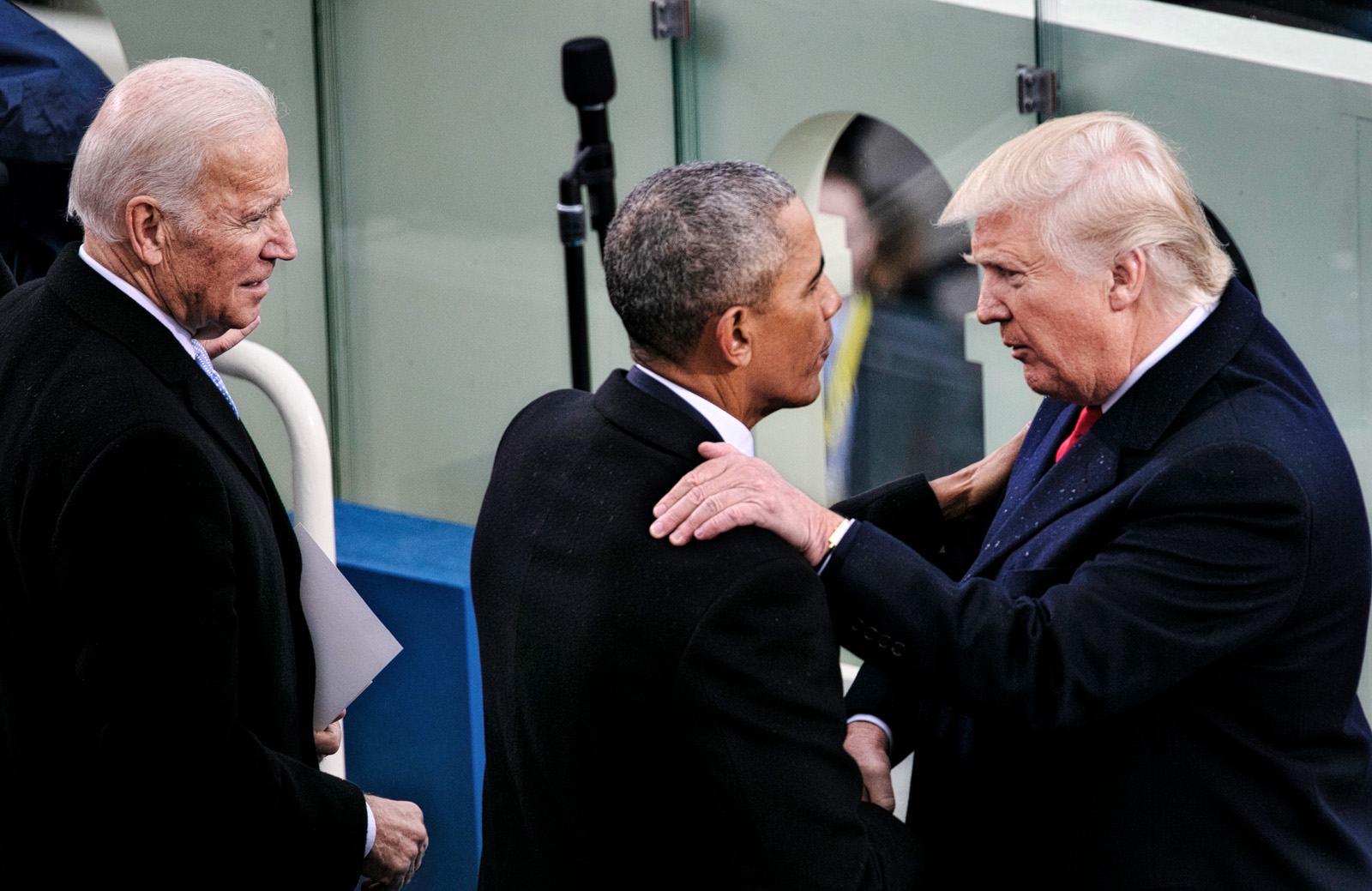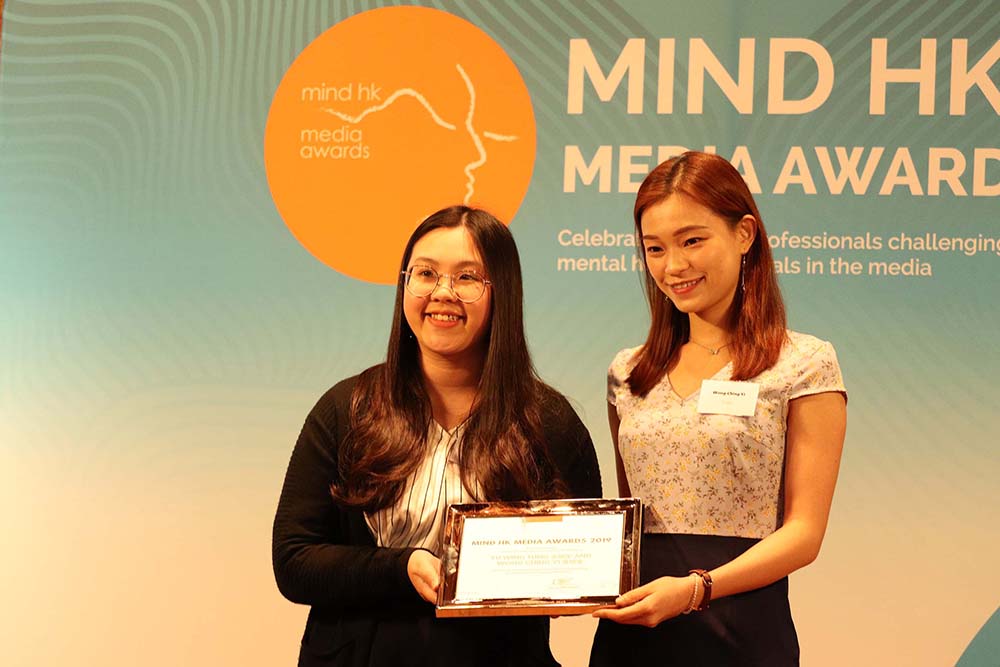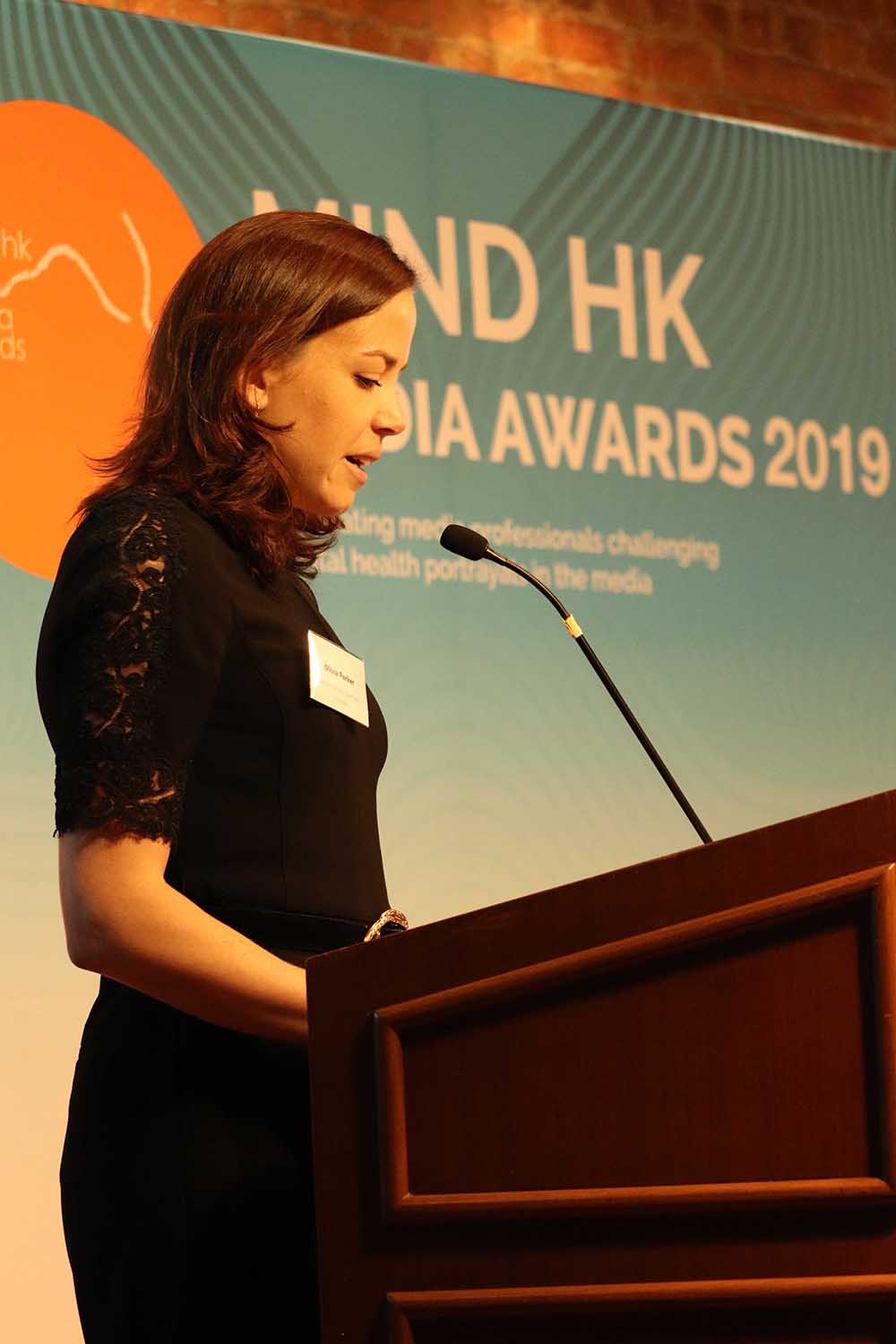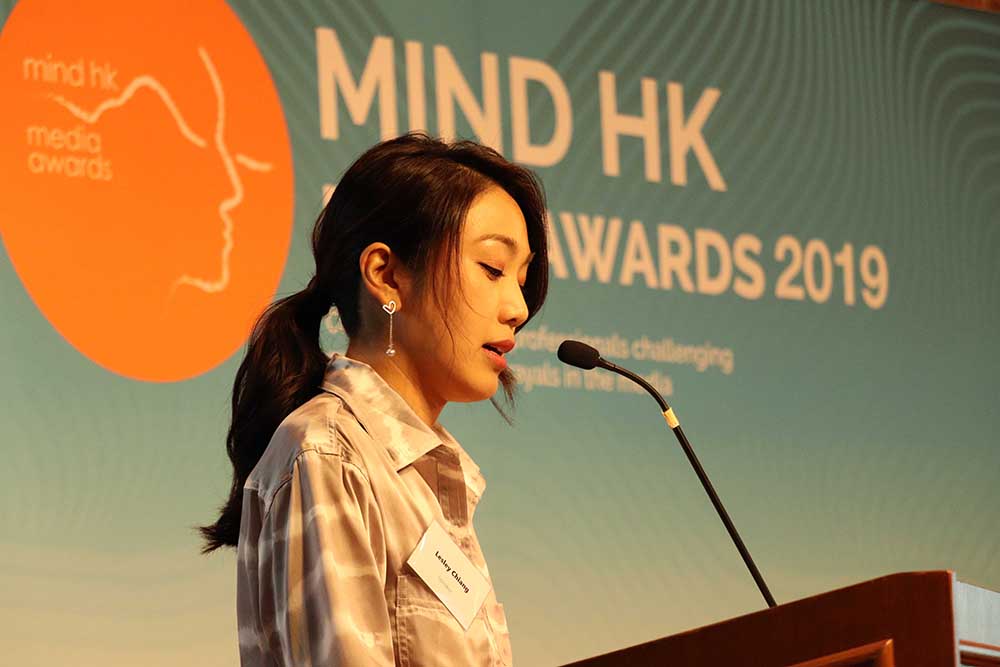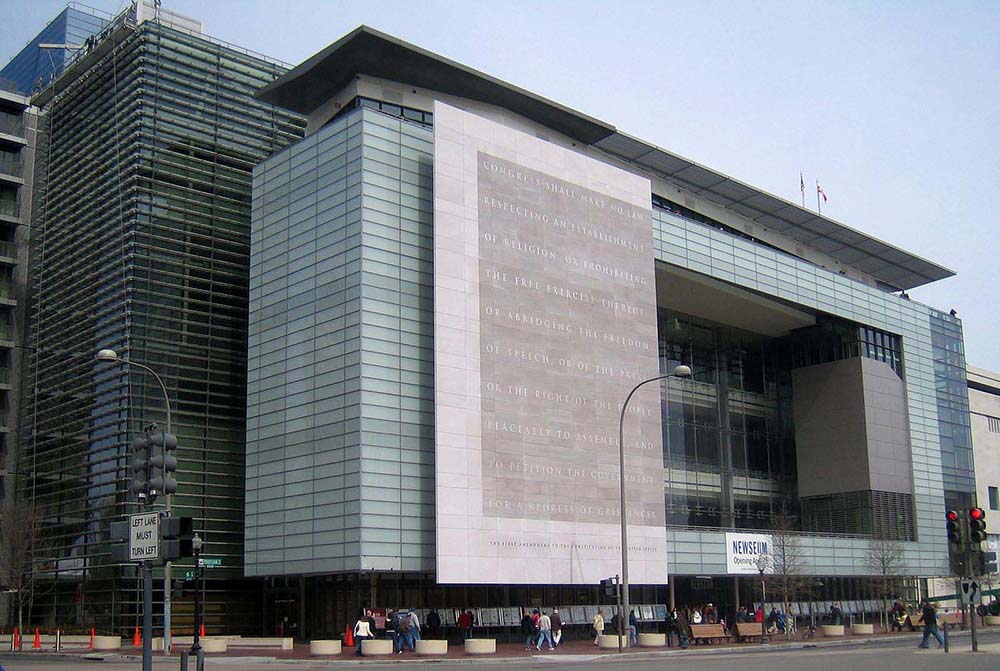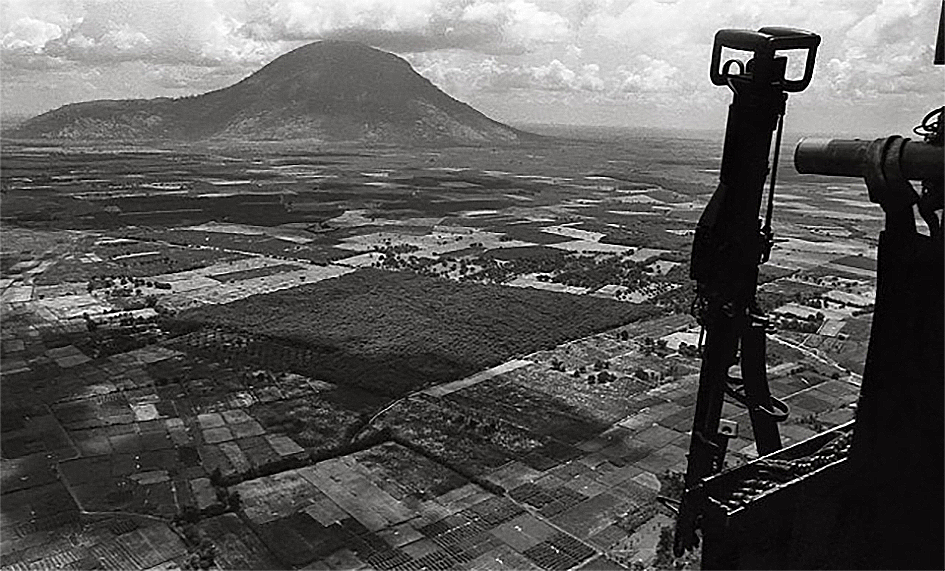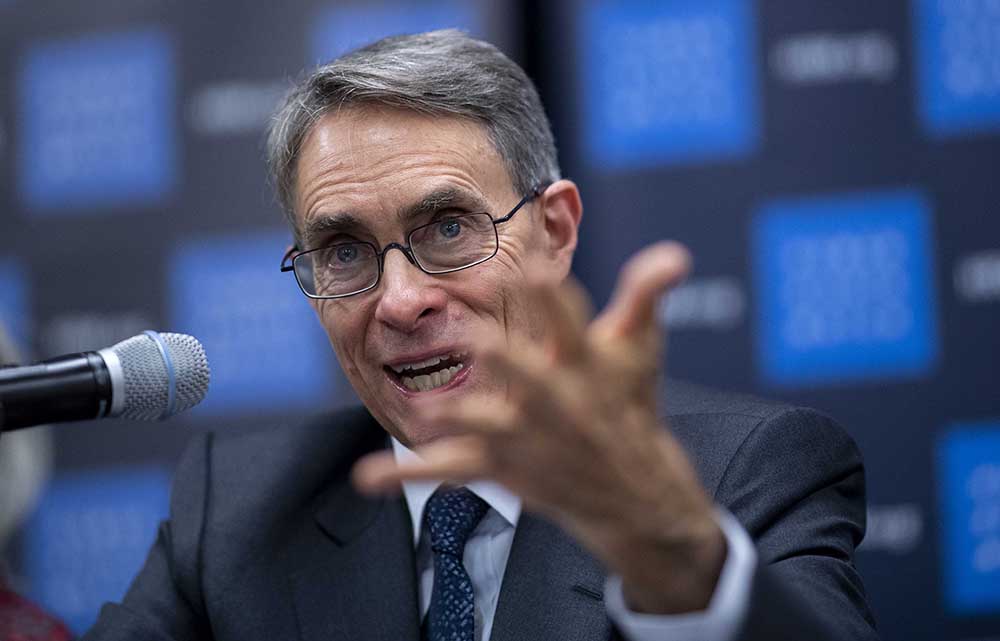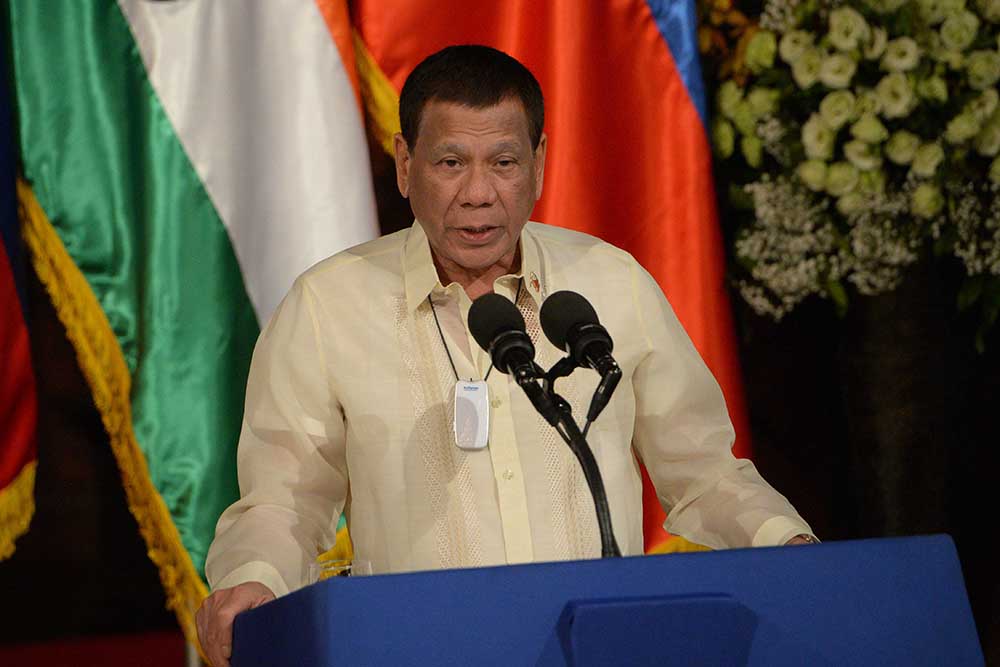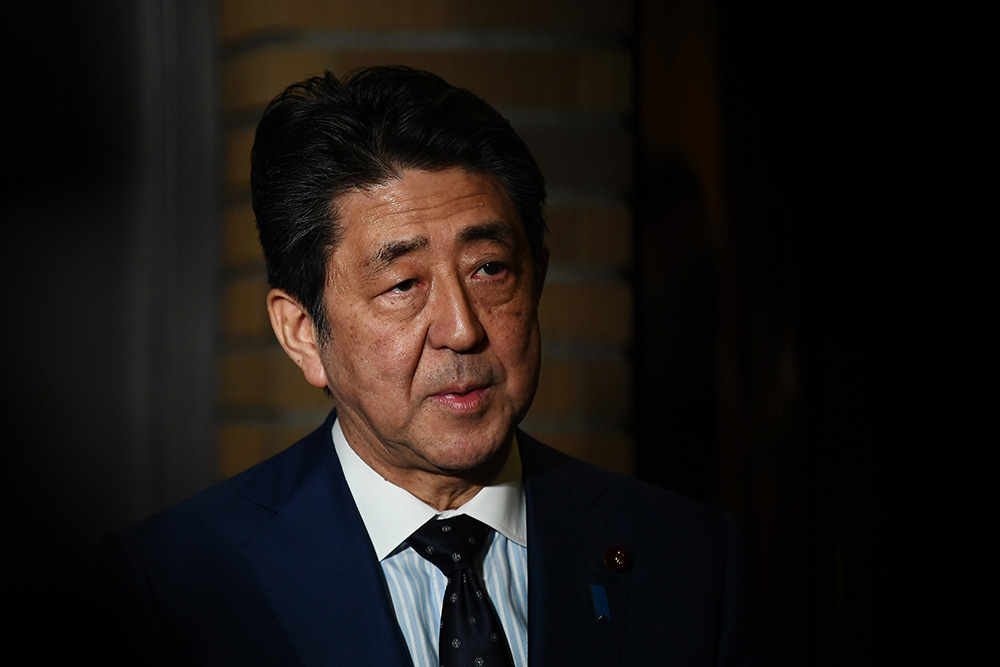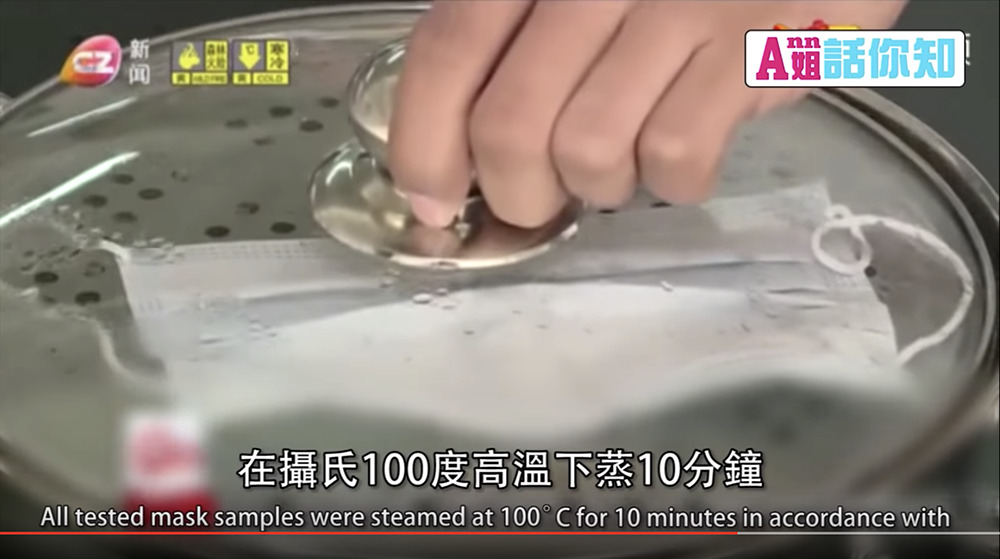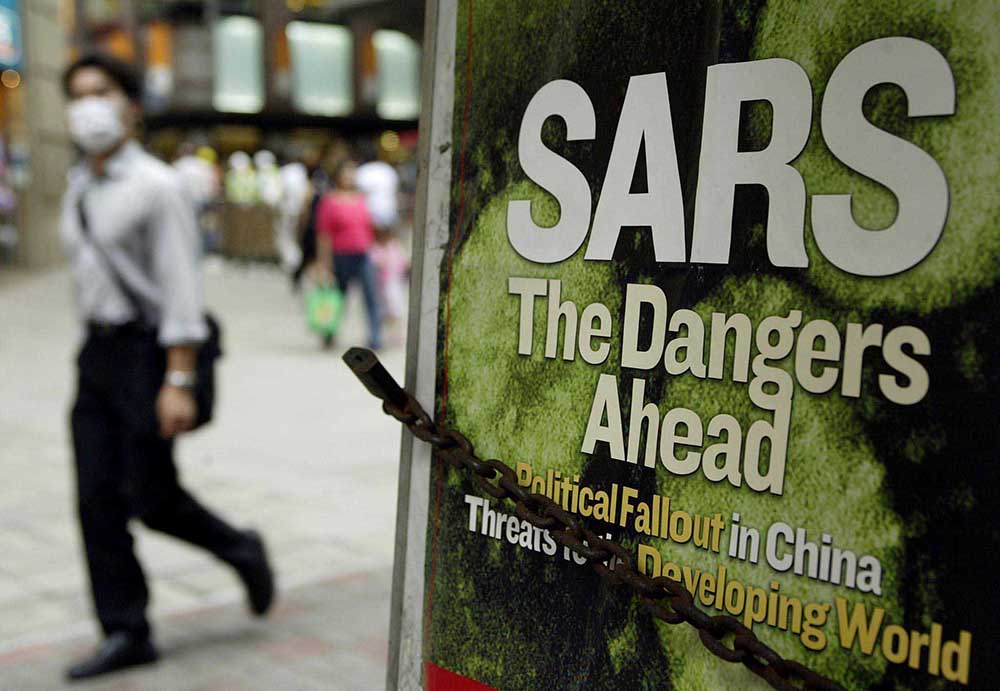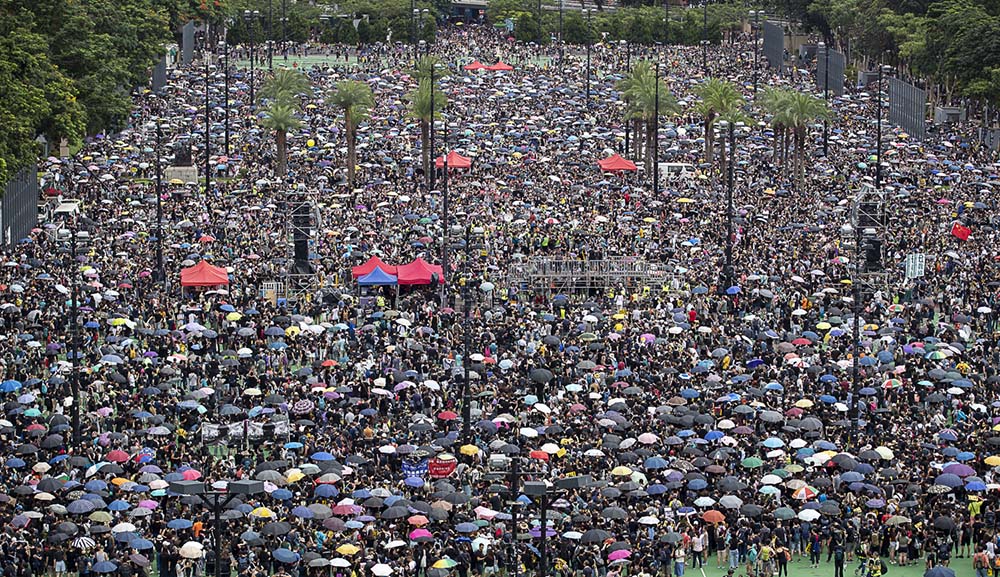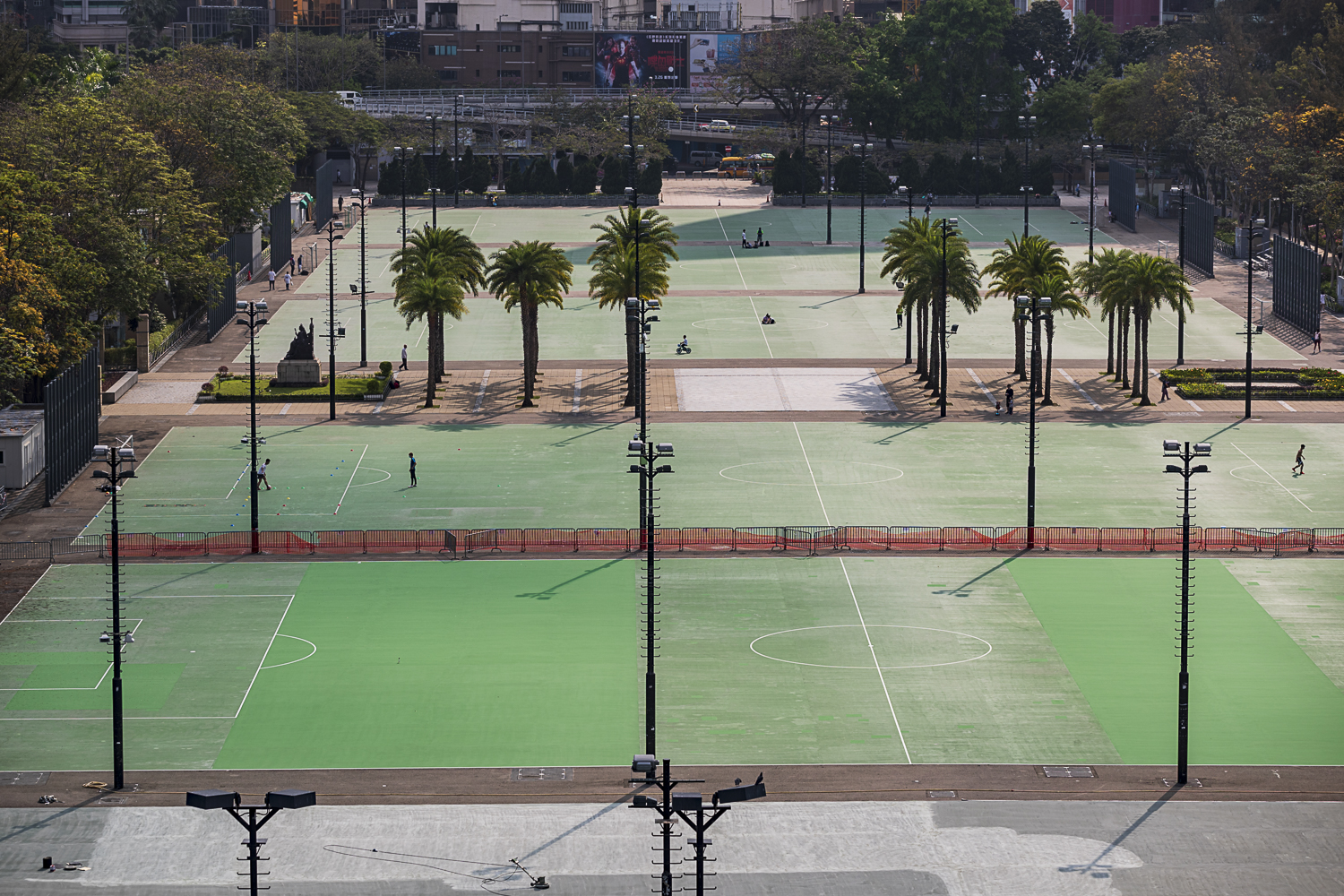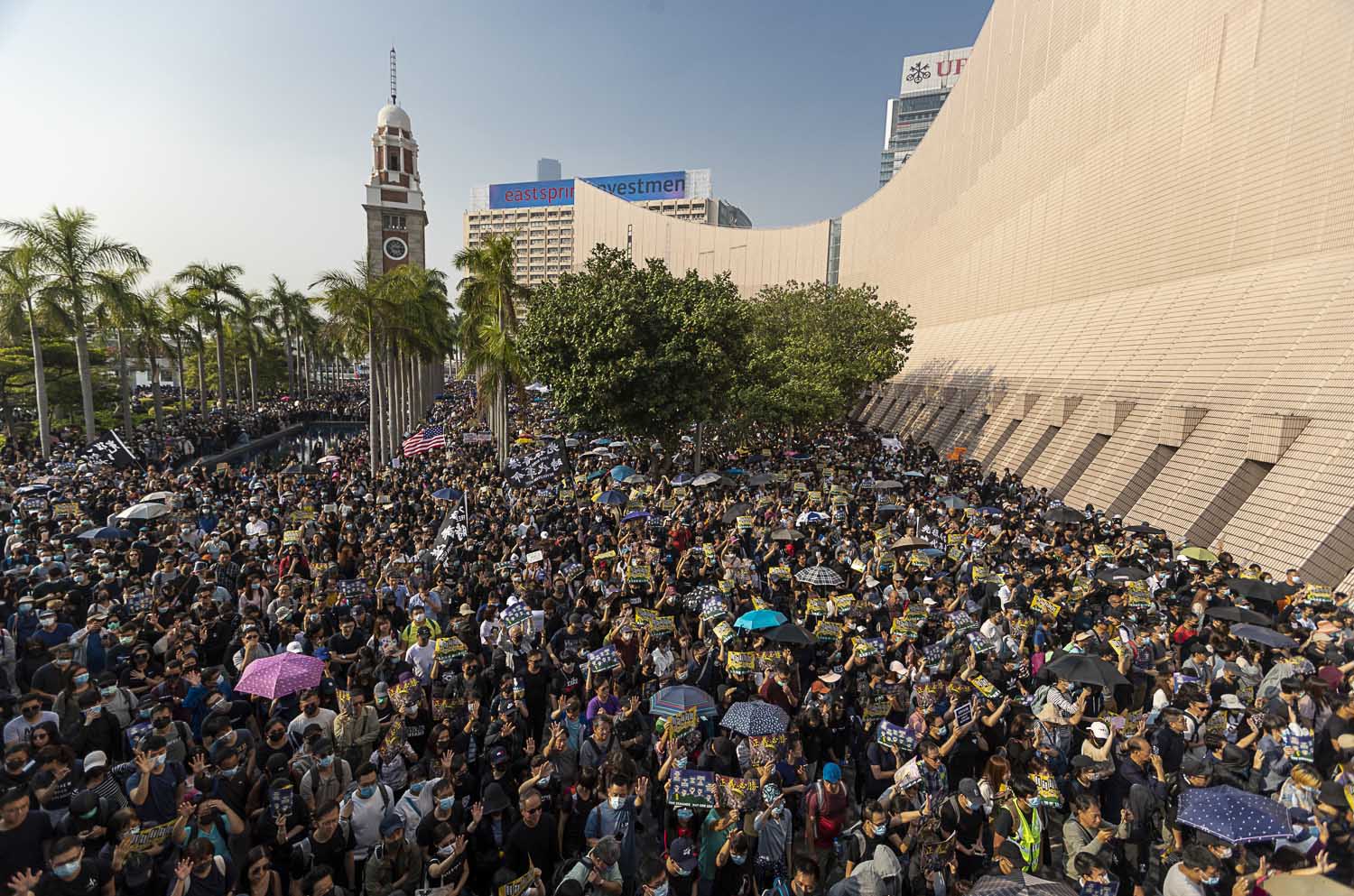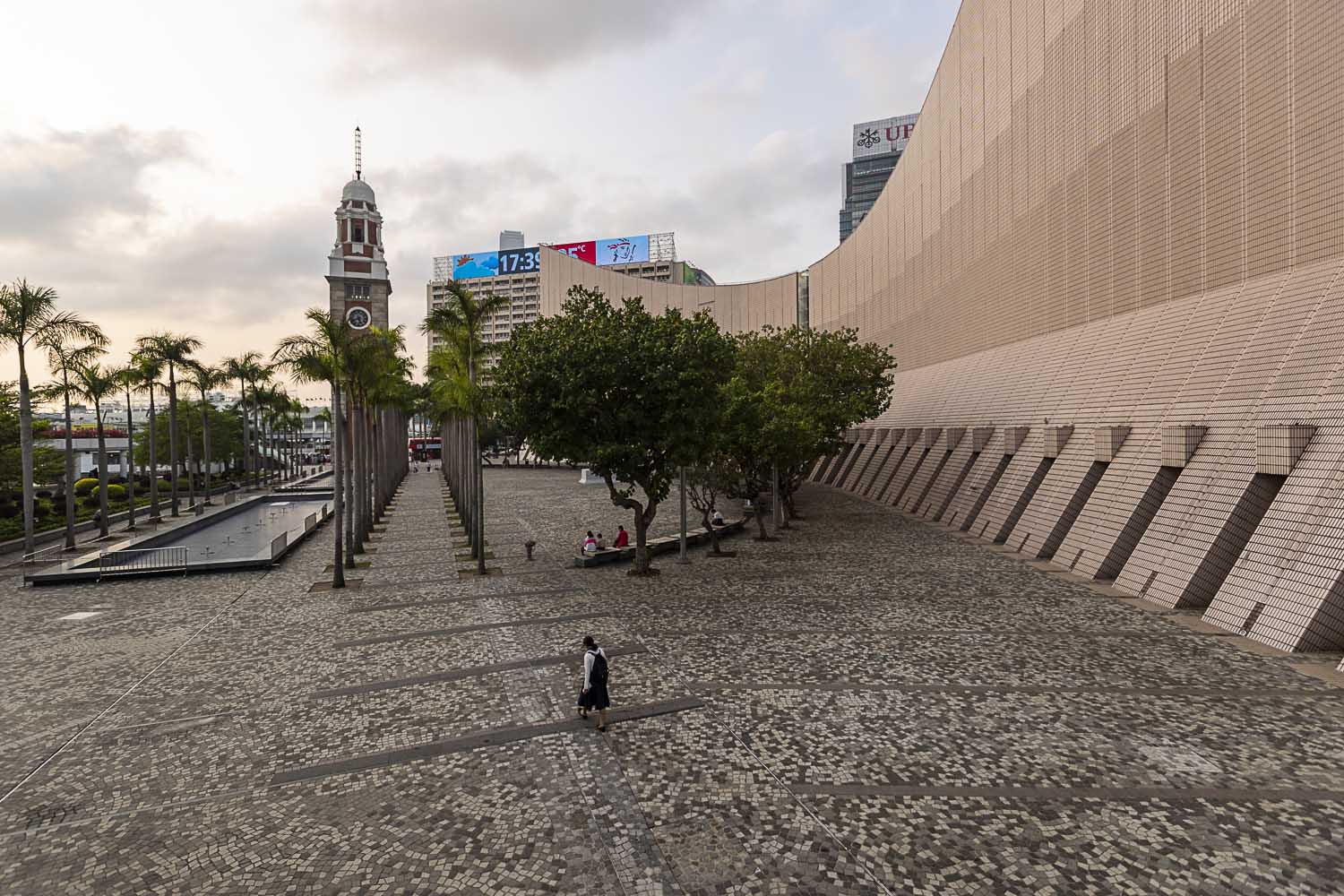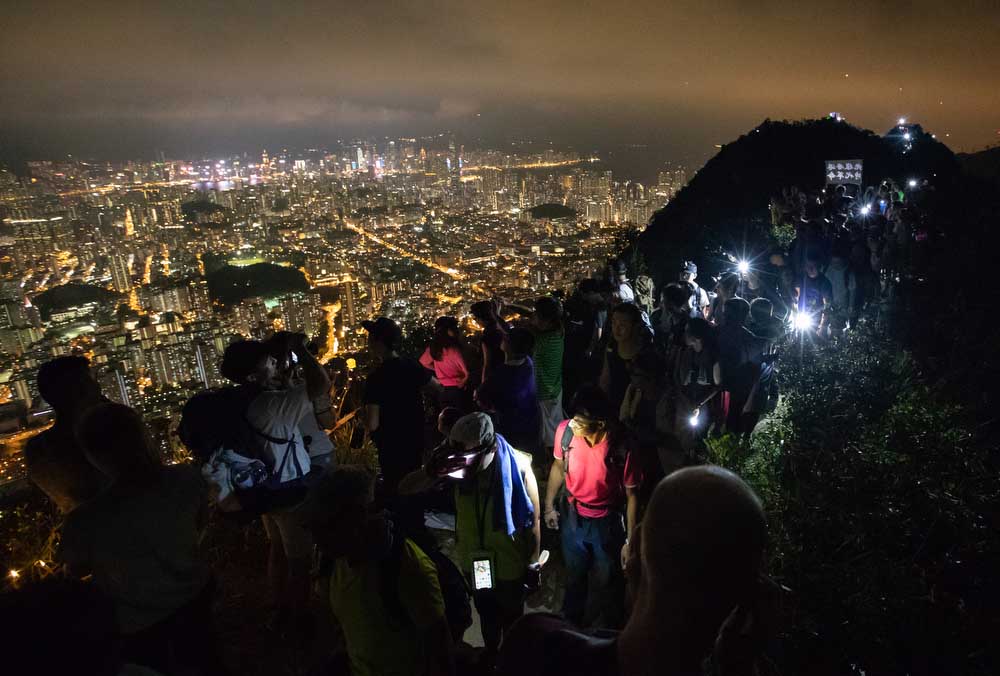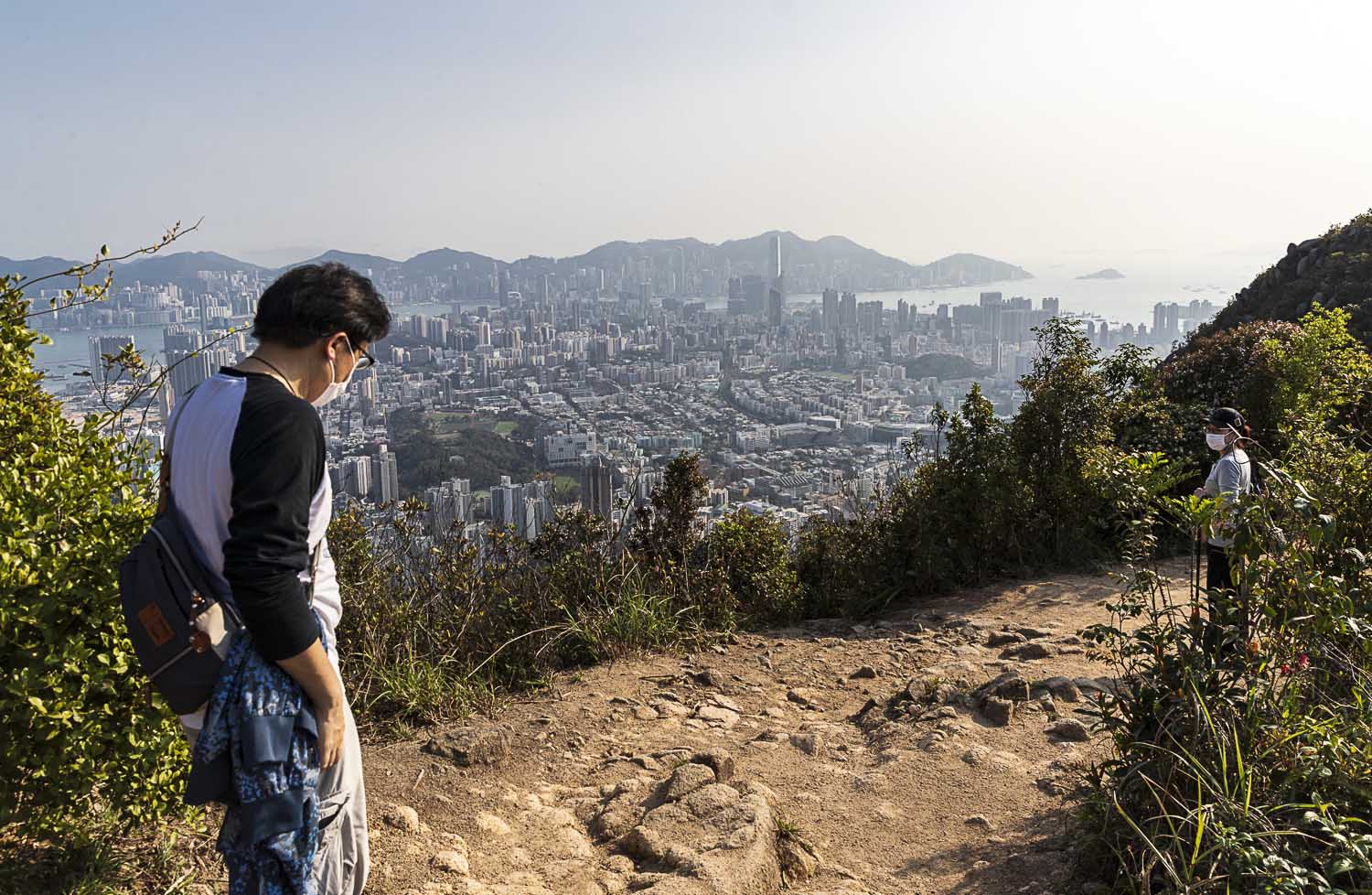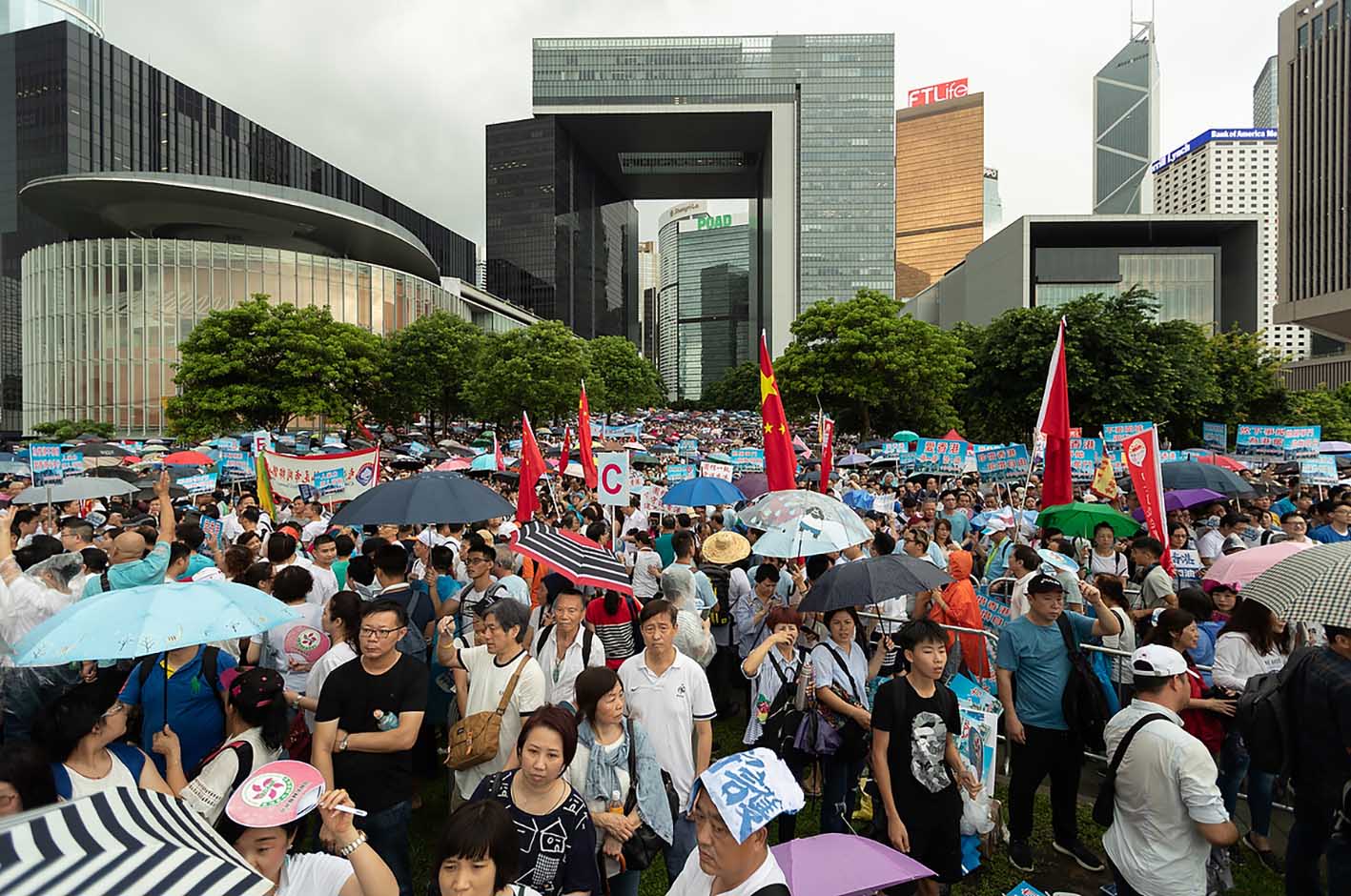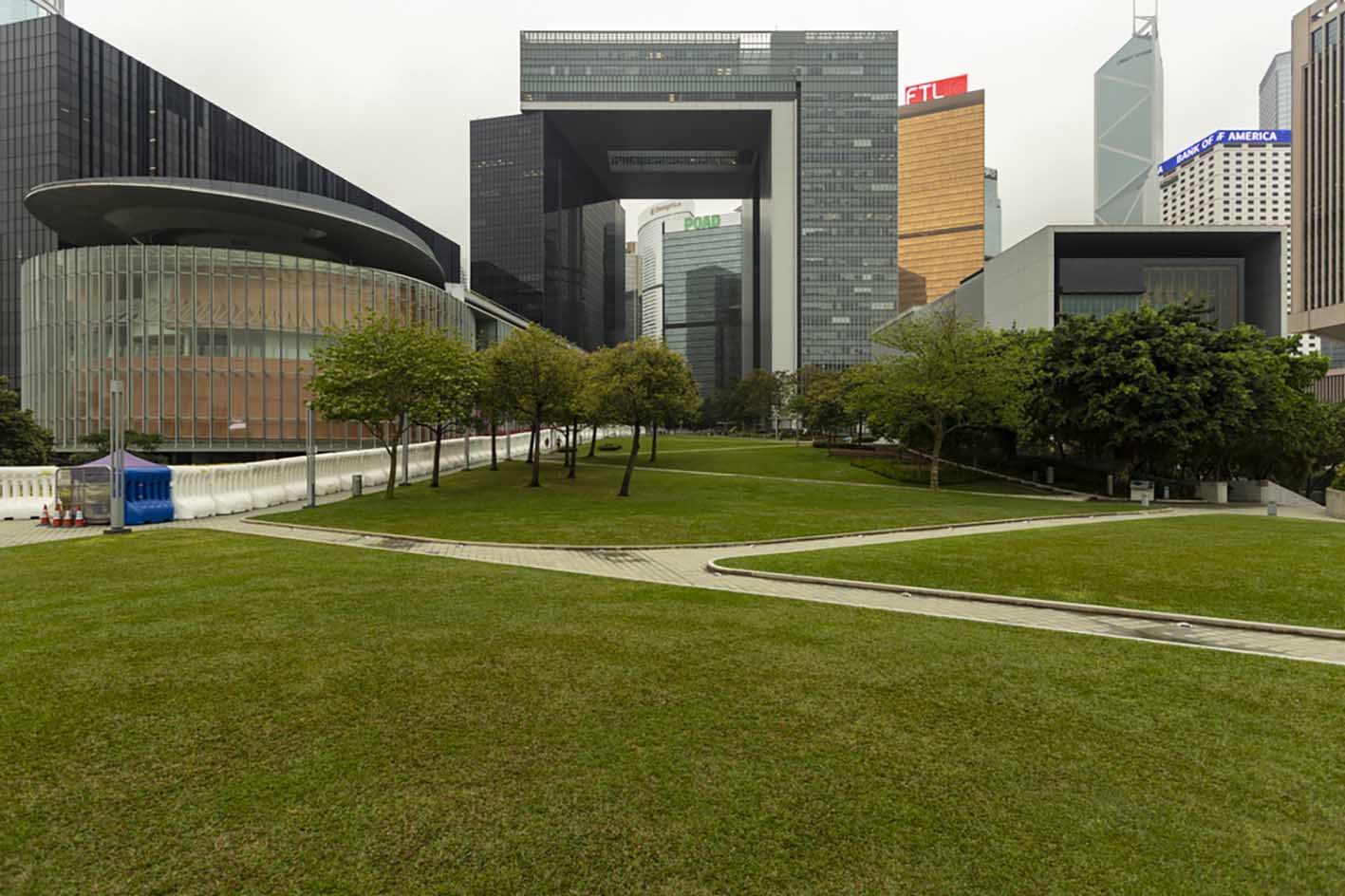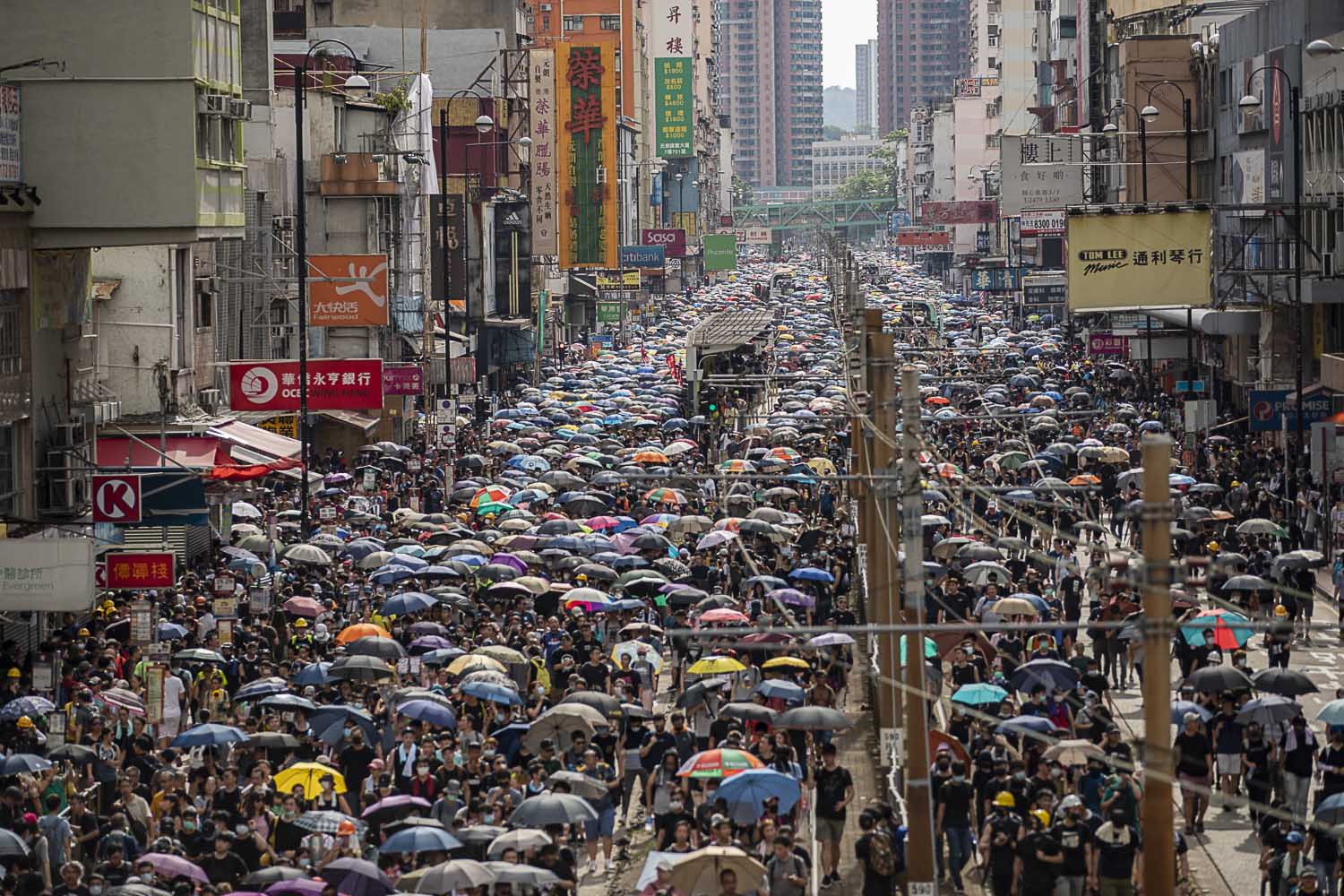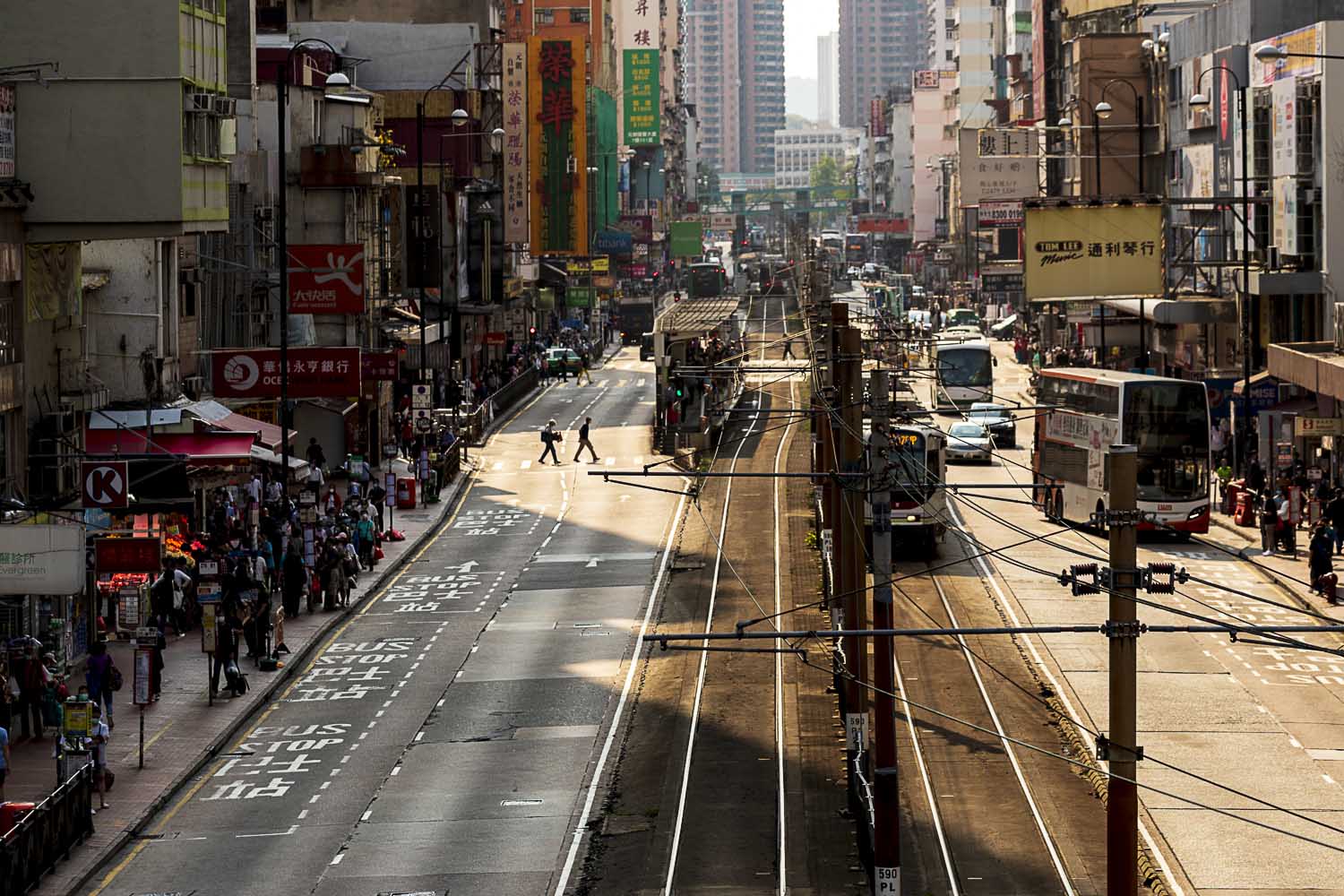The latest group of members to join the FCC is, as always, an interesting bunch. The Membership Committee meets regularly to go through applications and is always impressed by the diversity of people who want to join the Club.
Sue-Lin Wong
 I am the Financial Times’ South China Correspondent covering mainland southern China, Hong Kong and Macau. I opened the FT’s Shenzhen bureau last year, after opening the Reuters Shenzhen bureau in 2018. I was previously with Reuters where I covered beats including North Korea and the Chinese economy. I was born and raised in Australia where I am admitted as a lawyer.
I am the Financial Times’ South China Correspondent covering mainland southern China, Hong Kong and Macau. I opened the FT’s Shenzhen bureau last year, after opening the Reuters Shenzhen bureau in 2018. I was previously with Reuters where I covered beats including North Korea and the Chinese economy. I was born and raised in Australia where I am admitted as a lawyer.
Roy McKenzie
 I’m from Cape Town, South Africa, where I worked as site editor for News24, the country’s biggest news site. I am now a production editor on the Asia desk at the SCMP, and am enjoying being back in Asia, 20 years after first travelling around the region. My other half Nick works in reinsurance. We certainly picked an exciting time to move here, arriving just as the protests started and now coronavirus. Friends have joked that Hong Kong was doing just fine before we arrived, so apologies about that. When not exploring the city or region, we can probably be found at the bar in a heated discussion, so please come and interrupt.
I’m from Cape Town, South Africa, where I worked as site editor for News24, the country’s biggest news site. I am now a production editor on the Asia desk at the SCMP, and am enjoying being back in Asia, 20 years after first travelling around the region. My other half Nick works in reinsurance. We certainly picked an exciting time to move here, arriving just as the protests started and now coronavirus. Friends have joked that Hong Kong was doing just fine before we arrived, so apologies about that. When not exploring the city or region, we can probably be found at the bar in a heated discussion, so please come and interrupt.
Huh Dong Hyuck
 I was born in Tokyo, Japan, into a Korean journalist and statesman’s family. I studied history at Yonsei University, Seoul, and have an MA degree in public policy and management from Carnegie Mellon University. My career as a journalist is three-and-a-half years with the New Daily Korea; I used to work in the automotive industry, but switched to being a reporter to pursue a long-cherished dream of journalism. I speak Korean, Japanese, English, Mandarin and some Cantonese. My beat is Hong Kong and Asia Pacific. Since I am still at an early stage in journalism, I welcome any advice from FCC members!
I was born in Tokyo, Japan, into a Korean journalist and statesman’s family. I studied history at Yonsei University, Seoul, and have an MA degree in public policy and management from Carnegie Mellon University. My career as a journalist is three-and-a-half years with the New Daily Korea; I used to work in the automotive industry, but switched to being a reporter to pursue a long-cherished dream of journalism. I speak Korean, Japanese, English, Mandarin and some Cantonese. My beat is Hong Kong and Asia Pacific. Since I am still at an early stage in journalism, I welcome any advice from FCC members!
Andrew Chan
 I am the vice-president of Group Risk Management at PCCW Group. Apart from managing risks and opportunities in this complex and ever-changing world, I have a strong passion for Hong Kong and Asian cinema. As a longtime professional member of the Film Critics Circle of Australia, I have enjoyed the opportunity to participate in film festivals held at Venice, Jeonju, Busan, Beijing, Hong Kong and all over Australia. It is also the reason why I joined the FCC, to further continue my life-long hobby and mingle with like-minded fellow FCC members.
I am the vice-president of Group Risk Management at PCCW Group. Apart from managing risks and opportunities in this complex and ever-changing world, I have a strong passion for Hong Kong and Asian cinema. As a longtime professional member of the Film Critics Circle of Australia, I have enjoyed the opportunity to participate in film festivals held at Venice, Jeonju, Busan, Beijing, Hong Kong and all over Australia. It is also the reason why I joined the FCC, to further continue my life-long hobby and mingle with like-minded fellow FCC members.
Kilian Chan
 I am a Hongkonger working in the wealth management profession. I have a strong passion for the performing arts and enjoy going to concerts and the theatre, as well as playing and organising classical music concerts. I have been playing the cello for more than 20 years and still try to practise and improve a bit every day. One of my sources of inspiration comes from nature. I love hiking a lot. Going up and down the mountains seeing the amazing work of nature is rewarding. Walking up the Peak after a salad at the FCC Lounge is one of my favourite things to do.
I am a Hongkonger working in the wealth management profession. I have a strong passion for the performing arts and enjoy going to concerts and the theatre, as well as playing and organising classical music concerts. I have been playing the cello for more than 20 years and still try to practise and improve a bit every day. One of my sources of inspiration comes from nature. I love hiking a lot. Going up and down the mountains seeing the amazing work of nature is rewarding. Walking up the Peak after a salad at the FCC Lounge is one of my favourite things to do.
Jatia Anurag
 Originally from Mumbai, I moved to Hong Kong about nine years ago with my family. I spent a year in London before moving here. Since my move to Hong Kong, I have been involved in managing a family office. Besides work, I spend a lot of time boxing and learning Muay Thai. I am very passionate about music, especially classic rock from the 80s, and I enjoy collecting vinyl records. I am interested in technology, and have a 10-year-old daughter.
Originally from Mumbai, I moved to Hong Kong about nine years ago with my family. I spent a year in London before moving here. Since my move to Hong Kong, I have been involved in managing a family office. Besides work, I spend a lot of time boxing and learning Muay Thai. I am very passionate about music, especially classic rock from the 80s, and I enjoy collecting vinyl records. I am interested in technology, and have a 10-year-old daughter.
Dr Jack Lau
 My name is Jack. I have a long affiliation with the Hong Kong University of Science and Technology, where I am currently serving as a Council member and also an Adjunct Professor in Engineering. I enjoy keeping track of the latest technologies in my blog (www.jacklau.info). I spent my adolescent years in San Francisco. I also help out on a number of HK Government technology funding committees as my public service. I am an avid golfer who has a rather serious handicap 🙁 I enjoy yoga and reading.
My name is Jack. I have a long affiliation with the Hong Kong University of Science and Technology, where I am currently serving as a Council member and also an Adjunct Professor in Engineering. I enjoy keeping track of the latest technologies in my blog (www.jacklau.info). I spent my adolescent years in San Francisco. I also help out on a number of HK Government technology funding committees as my public service. I am an avid golfer who has a rather serious handicap 🙁 I enjoy yoga and reading.
Bruce Morrison
 I started out as an English teacher nearly 40 years ago in Egypt, living in Cairo and Ismailia (on the Suez Canal), before making my way to Hong Kong in 1994 via Madrid and Tarragona, Tsing Hua University in Beijing (1986-88), Kuala Lumpur, Seoul, Rome and Beijing again briefly. Mostly, I worked for the British Council as a teacher trainer and language centre director, with every destination providing its special challenges. I have worked at the HK Polytechnic University since I arrived here and am now director of the English Language Centre. I live in Sai Kung Country Park and walk in the hills, travel as much as I can and grapple with building model wooden boats.
I started out as an English teacher nearly 40 years ago in Egypt, living in Cairo and Ismailia (on the Suez Canal), before making my way to Hong Kong in 1994 via Madrid and Tarragona, Tsing Hua University in Beijing (1986-88), Kuala Lumpur, Seoul, Rome and Beijing again briefly. Mostly, I worked for the British Council as a teacher trainer and language centre director, with every destination providing its special challenges. I have worked at the HK Polytechnic University since I arrived here and am now director of the English Language Centre. I live in Sai Kung Country Park and walk in the hills, travel as much as I can and grapple with building model wooden boats.
Ernest Law
 I’m a professional banker, spending most of my career in Hong Kong but have also lived and worked in Shanghai, Beijing and Singapore. Basketball has been my favourite sport since school and I played in the local league till a serious injury. After that it became a casual weekly exercise which I still enjoy playing every weekend. My daughter started riding some five years ago and since then has fallen in love with the sport, while I am only a spectator. I am in the process of establishing a new business venture in Hong Kong.
I’m a professional banker, spending most of my career in Hong Kong but have also lived and worked in Shanghai, Beijing and Singapore. Basketball has been my favourite sport since school and I played in the local league till a serious injury. After that it became a casual weekly exercise which I still enjoy playing every weekend. My daughter started riding some five years ago and since then has fallen in love with the sport, while I am only a spectator. I am in the process of establishing a new business venture in Hong Kong.
Symon Wong
 I am a retired magistrate of the HKSAR and teach at the School of Law of the City University of Hong Kong. Martial arts have played an important role in my life. I started practising Muay Thai and Taekwondo when I was seven. It equipped me with the skills of self-defence and, more importantly, strengthened endurance when faced with difficult times in life. I am honoured occasionally to referee or judge matches held by the Hong Kong Muay Thai Association. Given the social unrest since June 2019, I also write commentaries with the aim of neutralizing the atmosphere of hatred in Hong Kong.
I am a retired magistrate of the HKSAR and teach at the School of Law of the City University of Hong Kong. Martial arts have played an important role in my life. I started practising Muay Thai and Taekwondo when I was seven. It equipped me with the skills of self-defence and, more importantly, strengthened endurance when faced with difficult times in life. I am honoured occasionally to referee or judge matches held by the Hong Kong Muay Thai Association. Given the social unrest since June 2019, I also write commentaries with the aim of neutralizing the atmosphere of hatred in Hong Kong.
Gary (Hang) Yu
 I grew up in Hangzhou, China, and moved to the U.S. to pursue a graduate degree after I finished college. I spent almost another decade in Illinois before deciding to move to HK in 2011. Growing up as a fan of TVB soap operas and Hong Kong movies, this decision couldn’t have been easier. I work for Goldman Sachs, writing computer programs to trade securities automatically. When I am not at work or tutoring my kid with maths homework, I’m cycling in Tung Chung or running on one of HK’s beautiful trails.
I grew up in Hangzhou, China, and moved to the U.S. to pursue a graduate degree after I finished college. I spent almost another decade in Illinois before deciding to move to HK in 2011. Growing up as a fan of TVB soap operas and Hong Kong movies, this decision couldn’t have been easier. I work for Goldman Sachs, writing computer programs to trade securities automatically. When I am not at work or tutoring my kid with maths homework, I’m cycling in Tung Chung or running on one of HK’s beautiful trails.
Ella Arwyn Jones
 You may guess from my surname (and I’m told, lilting accent!) that I come from Wales. That, together with Irish blood and a year in Tokyo during my Edinburgh degree, may explain how at home I feel living on an island. A chance meeting on London’s Strand led me to become Head of Research, Apac, at Acuris’s Inframation news platform, covering infrastructure investment across the region. Despite the cockroach-and-Hoover-incident (a tale for a drink at the bar!) I love Hong Kong – its feng shui, sunny hikes and shopfront cats.
You may guess from my surname (and I’m told, lilting accent!) that I come from Wales. That, together with Irish blood and a year in Tokyo during my Edinburgh degree, may explain how at home I feel living on an island. A chance meeting on London’s Strand led me to become Head of Research, Apac, at Acuris’s Inframation news platform, covering infrastructure investment across the region. Despite the cockroach-and-Hoover-incident (a tale for a drink at the bar!) I love Hong Kong – its feng shui, sunny hikes and shopfront cats.
Rebecca Feng
 I was born in Beijing, went to college in the U.S. and completed my master’s degree in postcolonial literature in Scotland. My dissertation focused on the literary identity of Hong Kong after 1997. And that’s why I came to Hong Kong in September 2018 – I wanted to live in the city I had read and written about. Here I cover the Chinese market opening-up process for GlobalCapital China, a publication under Euromoney. I have an identical twin but I like travelling alone and drawing what I see on the way.
I was born in Beijing, went to college in the U.S. and completed my master’s degree in postcolonial literature in Scotland. My dissertation focused on the literary identity of Hong Kong after 1997. And that’s why I came to Hong Kong in September 2018 – I wanted to live in the city I had read and written about. Here I cover the Chinese market opening-up process for GlobalCapital China, a publication under Euromoney. I have an identical twin but I like travelling alone and drawing what I see on the way.
Joanne Lam
A matrimonial lawyer by day and a yogi and exercise enthusiast by even earlier in the day, I am known for my high-energy and bubbly personality (or so I am told). I was formerly with the South China Morning Post as assistant editor for STYLE magazine. Nowadays, you’ll find me lifting heavy things and putting them back down at the gym across from the FCC, exploring coffee shops in Hong Kong or cooking up a storm at home.
Hilga Warringa
 Hailing from the Netherlands, I never imagined that my future would involve setting up home (and business) amongst the glittering skyscrapers of Hong Kong. But when I arrived here in 2006 to set up the Asian subsidiary of a Dutch options market making firm, I fell in love with the city. As a child, my passion was for animals and their welfare, and I have managed to combine business with that passion. In addition to my investment work, I set up a drinks brand, Animal Love, which benefits animal charities. Our Scotch whiskies support dog shelters and our Tahitian rum and gin aid sea turtle conservation.
Hailing from the Netherlands, I never imagined that my future would involve setting up home (and business) amongst the glittering skyscrapers of Hong Kong. But when I arrived here in 2006 to set up the Asian subsidiary of a Dutch options market making firm, I fell in love with the city. As a child, my passion was for animals and their welfare, and I have managed to combine business with that passion. In addition to my investment work, I set up a drinks brand, Animal Love, which benefits animal charities. Our Scotch whiskies support dog shelters and our Tahitian rum and gin aid sea turtle conservation.
Delphine Lefay
 I am co-founder & CEO of OnTheList, which I founded four years ago with my husband, and it has been one of the best adventures so far. It is a members-only flash sales platform for luxury brands. I am very passionate about building a sustainable future and hope to be involved in bringing more awareness of sustainability into the fashion industry. I also love exploring different cities with friends and learning about new cultures. One of the hobbies I took on as a kid was horseback riding and to this day it is still one of my favourite activities.
I am co-founder & CEO of OnTheList, which I founded four years ago with my husband, and it has been one of the best adventures so far. It is a members-only flash sales platform for luxury brands. I am very passionate about building a sustainable future and hope to be involved in bringing more awareness of sustainability into the fashion industry. I also love exploring different cities with friends and learning about new cultures. One of the hobbies I took on as a kid was horseback riding and to this day it is still one of my favourite activities.
Kristie Lu Stout
I’m a proud member of the FCC and have been an anchor/correspondent for CNN based in this beautiful city for almost two decades. I report both breaking news and features in Hong Kong and across the region. I regularly go into the field to anchor and report on major stories and also host feature shows on innovation. Warning: I am a hard-core media addict. All recommendations are welcome including art house (and low-brow) movies, longform journalism, books, graphic novels, Instagram feeds, podcasts and Nintendo Switch games. If anyone in the Club wants to talk, please introduce yourself.
Iain Marlow
 I’m a correspondent with Bloomberg News, mainly covering politics, security and foreign policy issues. My partner Nicole Baute is a writer who is teaching at Hong Kong University. We’re both Canadian and arrived here after three years in India, where I covered Indian politics and South Asia out of Bloomberg’s lively New Delhi bureau. Before that, I was the Asia-Pacific correspondent for The Globe and Mail, Canada’s national paper. Our July arrival in Hong Kong brought us here at the height of the protests, and now we look forward to fine conversations at the FCC bar on the other side of “social distancing”.
I’m a correspondent with Bloomberg News, mainly covering politics, security and foreign policy issues. My partner Nicole Baute is a writer who is teaching at Hong Kong University. We’re both Canadian and arrived here after three years in India, where I covered Indian politics and South Asia out of Bloomberg’s lively New Delhi bureau. Before that, I was the Asia-Pacific correspondent for The Globe and Mail, Canada’s national paper. Our July arrival in Hong Kong brought us here at the height of the protests, and now we look forward to fine conversations at the FCC bar on the other side of “social distancing”.



